The BMW E90 3 Series provides an unfiltered connection to the road that has become incredibly rare in modern vehicles.
You feel it immediately.
The steering is heavy, hydraulic, and sends a constant stream of information directly from the pavement to your hands. In an automotive world filled with numb, electrically-assisted racks that feel more like video game peripherals, the wheel of an E90 is a genuine link to the front tires.
It’s a sensation so scarce it can feel strange at first.
This car represents a perfect crossroads, the final expression of old-school analog feedback mixed with just enough modern technology to not feel ancient. That’s exactly why, two decades later, we’re still talking about them, wrenching on them, and arguing about them online when we should be asleep.
It’s the last 3 Series generation where every single model, from the base 325i (or 316i in Europe) to the potent 335i (and of course the M3 but that’s covered in another article), felt like it was engineered by people who genuinely enjoyed driving.
Oh and by the way, even tho the article says “E90” the things we talk about here also apply to the other versions like the E91, E92, and E93 respectively (with some minor details).
Key Takeaways: The E90 At a Glance
- You can’t replace the steering feel. It’s a hydraulic system, and no 3 Series since has communicated with the driver so clearly. It’s that simple.
- The Footwell Module (FRM) is a known weak point. It can, and often does, get scrambled after a battery jump or a voltage drop, which leaves you without working lights or windows. A weird quirk nobody mentions in reviews.
- For the turbo models, you absolutely must upgrade the charge pipe to an aluminum one. This prevents the cheap stock plastic part from cracking under boost, saving you from a roadside breakdown for less than $300.
- Today’s market for them is split. You have clean, manual N52-powered cars like the 328i and 330i whose values are getting stronger, but then you have high-mileage N54-powered 335i models that are a cheap ticket to some very expensive repairs.
- It’s the ideal mix of analog engagement and modern features, which is why it’s still so relevant. It feels more like a machine than an appliance.
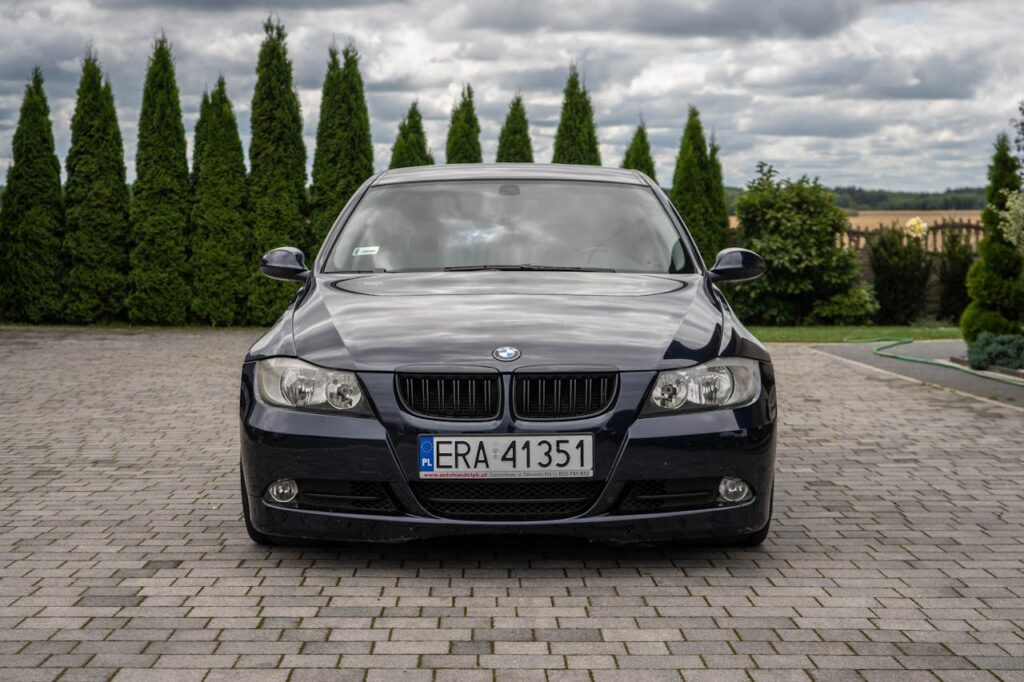
Quick Links
So What Made Engineers Think This Was a Good Idea?
The E90’s history is defined by its powerplants, mainly the two gasoline inline-six engines that powered the most common models in North America: the N52 and the N54. Looking back, you really have to wonder what the team in Munich was thinking.
First up is the N52, which you’ll find in the 325i, 328i, and 330i. This was a great piece of naturally aspirated engineering., some would say one of the most reliable ones offered by BMW in recent history.
The engine block is a composite of magnesium and aluminum, a combination that made it the lightest production six-cylinder on earth when it was released. It featured complex systems like Valvetronic and Double-VANOS, which got rid of a traditional throttle body for intake control. This was tricky stuff. But it produced an engine with sharp throttle response and a uniquely smooth, linear powerband that pulled hard all the way to its 7,000 RPM redline.
But they also bolted an electric water pump to it.
A traditional belt-driven pump usually fails slowly, maybe with a small leak, giving you some warning. The E90’s electric pump, however, works perfectly right up until the moment it doesn’t.
The failure is instant. It’s total. *Oopsie*
It will leave you stranded on the side of the road with zero notice. Its service life is roughly 60,000 to 80,000 miles, and replacing it preventatively is not a friendly suggestion. It is a mandatory part of owning one of these cars.
Then came the N54 in the 335i. This was BMW’s big return to turbocharging, and they went all-in.
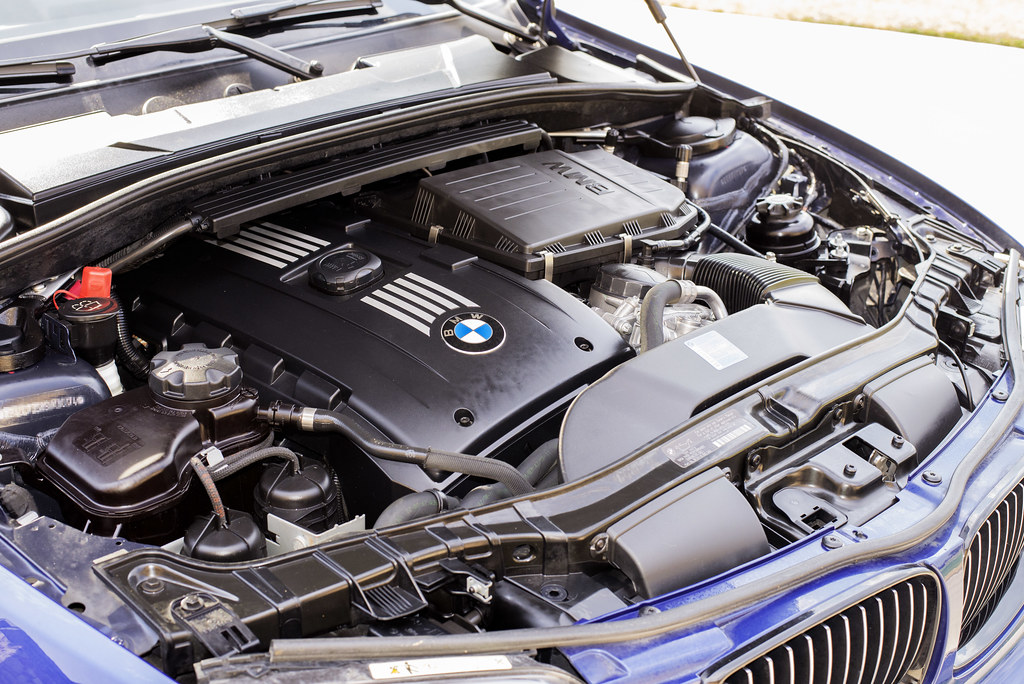
Instead of using one big turbo, they opted for two small, low-inertia Mitsubishi TD03-10T turbos, with each one fed by three cylinders. The idea was to eliminate turbo lag and make it feel like a larger, naturally aspirated engine. And for a little while, it worked. The N54 made a huge wave of torque from just 1,300 RPM.
This was wild performance.
However, this chase for lag-free power created a maintenance headache. The direct injection system needed a ridiculously high-pressure fuel pump (HPFP) that failed so frequently it led to a class-action lawsuit and a massive recall campaign.
The turbo wastegates, operated by vacuum actuators, would wear out and begin to rattle, a sound that is still infamous on forums like Bimmerpost. It was a brilliant, ambitious engine wrapped in a blanket of truly frustrating design flaws.
This car was built at the absolute peak of BMW’s engineering confidence. Perhaps a little too much confidence.
Then there’s the iDrive…
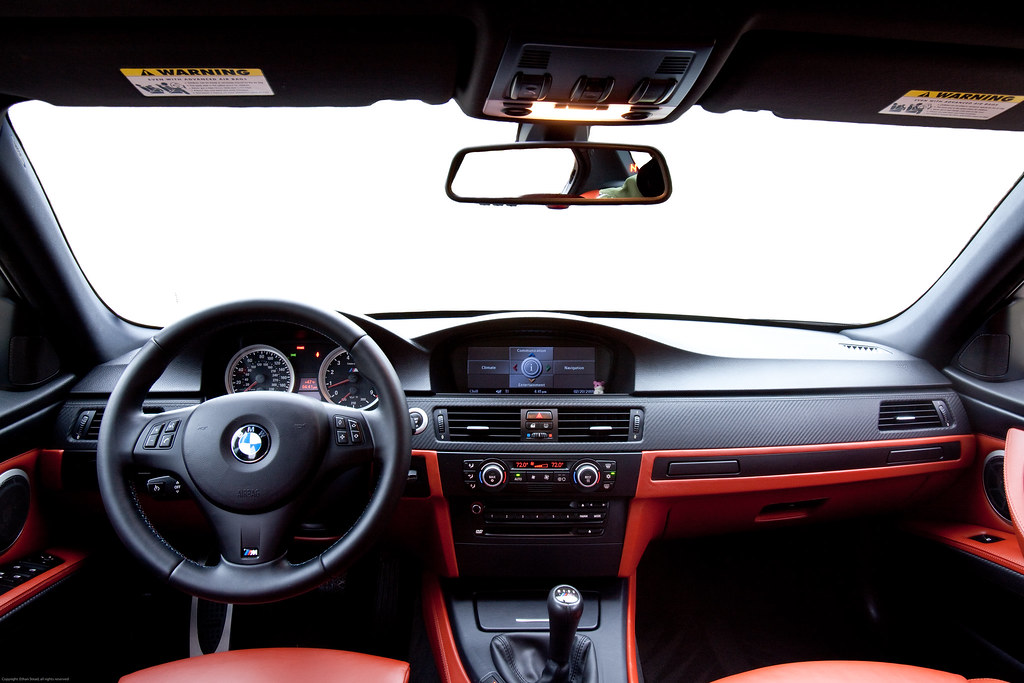
Let’s talk about the first-generation iDrive, the “CCC” system for those who know the lingo. By today’s standards, it is a mess. The graphics look like they belong on a discount GPS unit from 2007, the menu system is a maze, and it can’t even stream Bluetooth audio without a clunky adapter.
People complain about it, and they have every right to.
But I appreciate it. Why? Because it’s contained.
The screen is tucked away deep inside a second dashboard cowl, not shouting for attention like a tablet glued to the dash. You can completely ignore it. The important things, like climate controls, radio presets, and the volume knob, are all real, physical buttons right below it. They have a satisfying, solid click that you just don’t get anymore.
In a time where you have to navigate three sub-menus just to change the fan speed, the E90’s straightforward dash is a welcome relief. It’s a system meant to be set and then forgotten, letting you concentrate on that wonderful steering wheel.
But guess what? You also had the option to ditch the two humps camel dashboard that you get because of the iDrive system, and just get the version without it, leaving you with just a smooth interior that still looks timeless today, with no old-tech that ruins the vibe.
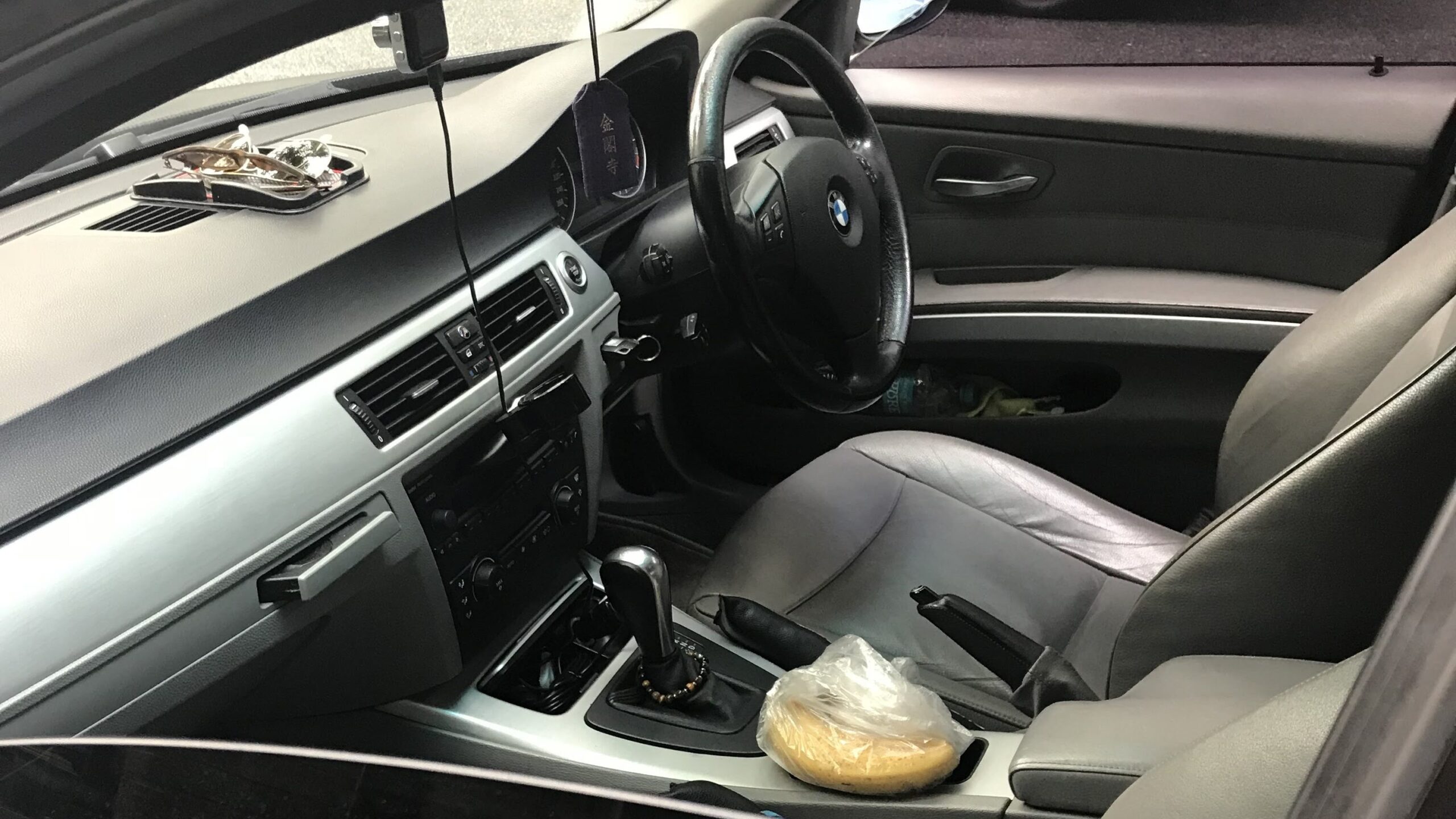
Wait, I should mention something else.
The ride quality.
Forums are full of posts from people asking how to “soften up” their E90. Even on the standard suspension with 17-inch wheels, the car is very firm, especially with the original run-flat tires.
You feel every single crack and expansion joint in the road. It’s not a rough ride, but it is busy.
And that is exactly the point.
The chassis is in constant communication with you, and that firmness is what keeps the car perfectly level when you push it through a corner. It’s the source of the confidence you feel when placing the front wheels with an inch of precision.
Newer BMWs have lost this characteristic completely. They just glide over bumps, isolating the driver so much that it becomes boring. The E90 demands that you participate in the act of driving, for better or worse.
It’s a proper driver’s car, not just a comfortable commuter.
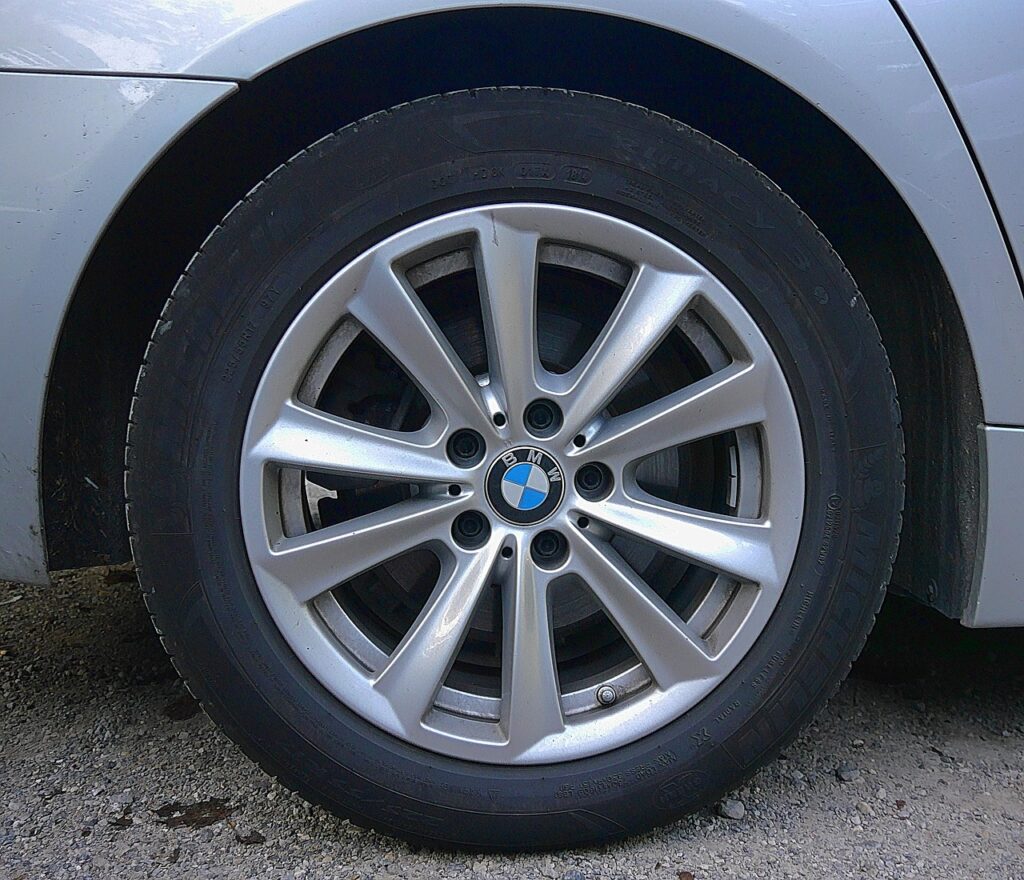
But sure, you can make it extra comfortable by ditching the run-flats, my F31 runs on non-run flats as well, and it’s great for my troubled back.
The $250 Mod That Changes Everything
If you own a 335i with the N54 or N55 engine, stop what you are doing and go inspect your charge pipe. Seriously.
The factory charge pipe is made from thin, cheap plastic. It lives in a hot engine bay, getting more brittle with every heat cycle while trying to contain the pressurized air from your turbochargers.
It is not a question of if it will fail, but a question of when.
On a completely stock car, it might just crack. On a tuned car running more boost with an MHD or JB4 tune, it will likely explode. When that happens, your car immediately falls into limp mode, and you’ll be making a call for a tow truck.
For about $250, you can buy a well-made aluminum charge pipe from a dozen different aftermarket brands. The installation takes about an hour with basic hand tools and is one of the single best “peace of mind” modifications you can do.
It doesn’t add any horsepower, but it makes sure the horsepower you already have can be delivered without a sudden, catastrophic failure. It’s the very first thing any sane 335i owner buys.
…and for the N52 crowd in the 328i, the best modification is basically free. Pop open your airbox and you’ll find a charcoal filter, often called the “carbon delete,” that’s only there for emissions reasons. Pulling it out takes five minutes. The result is slightly better throttle response and a bit more of that classic inline-six induction noise. A small but satisfying change that costs nothing.
What’s Up With the Prices on E90 BMWs?
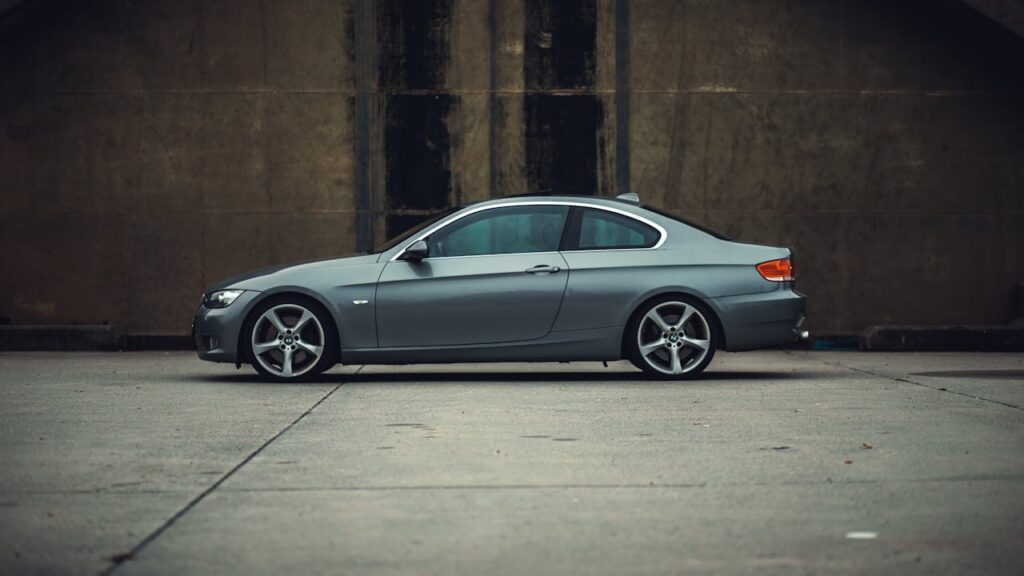
The E90 (this includes the E91, E92, and E93) market is a fascinating look into what car enthusiasts truly value. For many years, the 335i was the undisputed king of the lineup. The N54’s tuning potential is legendary; a simple software flash can push it well past 400 horsepower. Because of that, they were bought, tuned, and frequently driven very hard.
Now, the chickens are coming home to roost.
A decade of skipped maintenance is finally catching up. That $7,000 335i you saw on Facebook Marketplace looks like a bargain, but it’s probably a trap. It likely needs a new water pump ($1,200), a full set of index-12 fuel injectors ($2,500), and has the dreaded wastegate rattle that requires new turbos to fix ($2,000 or more).
Suddenly, your cheap German performance car is a $12,000 headache.
As a result, smart enthusiasts are now focusing on the once-ignored N52-powered 328i and 330i models. These cars are incredibly dependable by comparison. The engine is smooth, tough, and doesn’t have any of the turbo-related drama.
Finding a clean, manual-transmission, rear-wheel-drive E90 328i is becoming genuinely difficult, especially the E91 wagon version. So, prices for the best examples are holding steady, and in some cases, they’re actually going up.
People are figuring out that 230 horsepower you can use every day without worry is a lot more enjoyable than 400 horsepower that’s always one strange noise away from a four-figure repair bill.
This is the great E90 debate that still rages on. The N54’s huge performance ceiling versus the N52’s analog purity and reliability. There’s no right answer, only what’s right for your wallet and your appetite for risk.
Ok there is a right answer, but only if you’re in Europe, and that is to get the 335d with the legendary M57 (probably the most reliable BMW engine ever made), tune it a bit, and then be able to gap even the M3, all of this while reaching 250-350k miles or more lol.
The E90’s Weird Quirk That Can Cost you $1k
Here’s something you will never read in a mainstream car review. Let’s imagine your E90’s battery goes flat. You get a jump start, or perhaps you put in a new battery but forget to register it with the car’s computer, a necessary step. You turn the key. The engine starts, but your dashboard lights up completely. Your power windows are dead. The turn signals don’t work. Your interior lights are stuck on.
Welcome to FRM failure. The FRM, or Footwell Module, is a small black box of electronics tucked behind the driver’s side kick panel that controls all of those functions. It is famously sensitive to changes in voltage. A simple jump-start can send a voltage spike that corrupts its memory, effectively “bricking” the unit.
A visit to the BMW dealership for this problem will end with a quote for a brand new FRM module and programming that can easily exceed $1,000.
But here’s the secret that the owner community knows, the module itself is rarely physically damaged. The data is just scrambled. There are dozens of small, independent shops, and even guys working from their garages found on enthusiast forums, that have the tools to connect directly to the module, wipe the bad data, and re-flash it for just a couple of hundred dollars.
It’s a classic E90 ownership experience, and knowing about this fix is what separates the long-term enthusiasts from the people with deep pockets.
In the end…

The E90 isn’t a perfect car, not even close. Its interior plastics can get sticky over time, its gaskets will eventually leak oil, and its electronics can have moments of German stubbornness.
But its problems are honest. They are the side effects of ambitious engineering.
This car comes from an era when BMW’s primary mission was to build the ultimate driving machine, not the ultimate rolling computer. And that heavy steering wheel, that firm ride, and that engine screaming to 7,000 RPM, that’s a feeling that is worth every single frustrating, expensive, and wonderfully rewarding moment of ownership.
